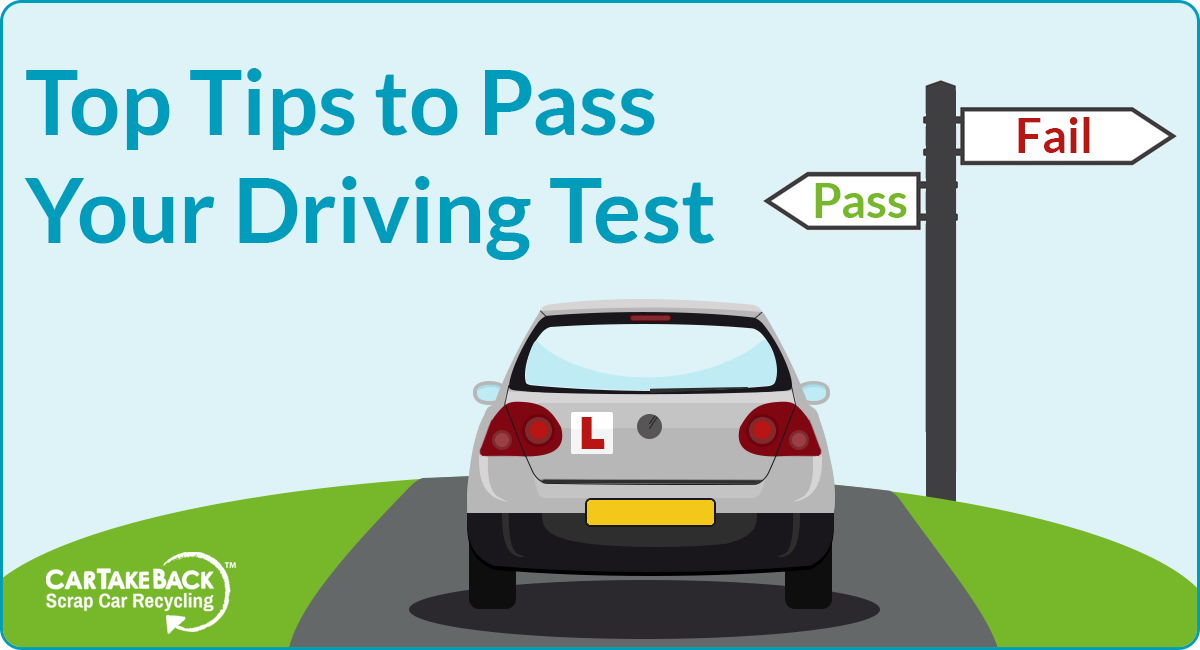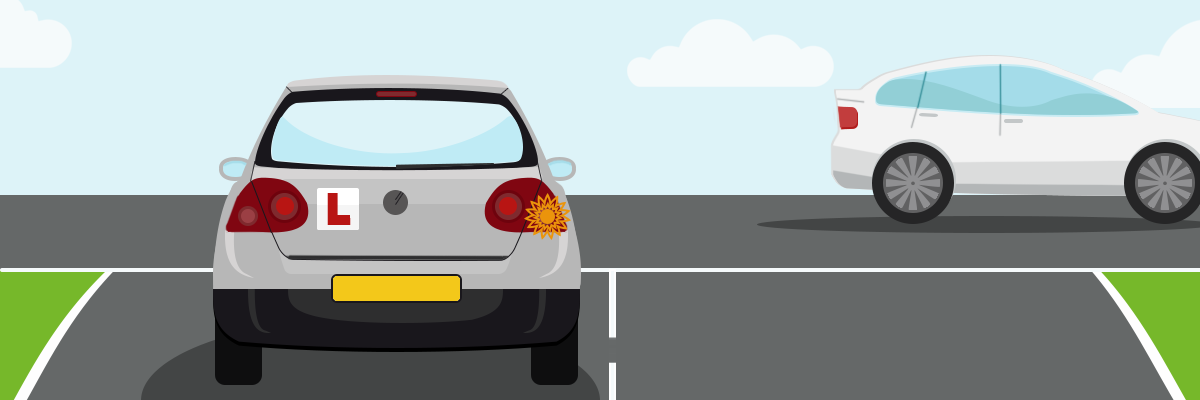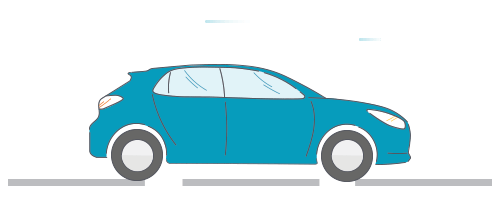Thousands of learner drivers are still waiting to get lessons and take their practical driving tests, after huge delays caused by the Covid pandemic. According to Confused.com, around 1.6 million UK learners took their driving tests annually prior to Covid, but that number dropped by more than half in 2020/21!
With so many people still waiting for their practical tests, the car insurance team at Confused.com has identified the 10 top reasons for failing, so you can be prepared for those tricky scenarios.
We wanted to share this great information with you so as many people as possible pass their test first time after such a long wait. Here’s what learner drivers can do to make sure they don’t make these mistakes and they pass their driving test with flying colours!

1. Ineffective observations at junctions – This fault has been recorded as the most common reason for failing every year since 2006/07!
How to make sure you don’t make this mistake: Take your time and approach junctions at a suitable speed. We know there’s a lot to think about, but the classic learner mantra “mirror – signal – manoeuvre” will ensure you don’t make a mistake!

2. Not using mirrors when changing direction – You may have guessed it – this is the second most common reason for failing every year since 2006/07!
Avoid this mistake when taking your driving test: This one should be easy to remember as it’s exactly the same advice as tip number one! “Mirror – Signal – Manoeuvre”. So, remember to check your mirror and make it obvious you have!

3. Incorrect positioning for turning right at a junction – This is an issue that long-time drivers find very frustrating and can cause unnecessary queues.
Ensuring you don’t make this common error: It’s simple really, you just need to remember there are other people using the road and taking a different route to you! While you should keep to the centre of the lane when driving on a straight road, just ensure you position your car to the right side of the lane when you approach to turn right.

4. Poor responses to traffic lights – There are multiple ways to record a fault at traffic lights, from hesitating too long as you set off, to cutting it too fine when traffic lights are turning red.
Simple advice to avoid this driving mistake: Keep your focus as you’re approaching any traffic lights. If they’ve been green for a long time you can anticipate that they may well change and don’t take any risks or accelerate through a light change. When you are pulled up at a red light don’t lose your concentration and be ready for a smooth set-off.

5. Not having proper control of your steering wheel – Holding the steering wheel incorrectly or letting it spin back is considered a fault on your test.
A tip to ensure you don’t receive a fault on your test: If you’ve had formal driving lessons, you should be well practised at this, but remember to keep both hands on the wheel – preferably at the quarter to three position (advice used to be ‘10 to 2 o’clock’ but the adjustment has been made for safe air bag deployment). Whenever you make a turn, be sure you feed the wheel firmly through your hands back into position rather than letting it spin.

6. Not paying attention to road signs – Learner drivers are likely to be taken on routes to test their knowledge of signs and failing to respond will incur a fault.
How to ensure you pass this part of your test: Go back to your theory knowledge and ensure you know what road signs mean so you can identify a sign swiftly and confidently. When you see a sign, react in plenty of time and in a safe manner.

7. Not responding to road markings – Road markings are like signs on the road and ignoring them can mean another fault on your test.
Making sure you don’t tot up multiple minor faults: As we advised for road signs, we also suggest you review your knowledge of road markings. When you are out on the road, ensure you read the road ahead, looking out for any changes in road markings and drive accordingly.

8. Moving off unsafely – Starting to drive without being seen to check for any possible dangers is a recipe for driving test failure!
Obvious but necessary advice for passing your test: While you shouldn’t be hesitant, you must ensure you’ve checked every possible direction before moving off in a test scenario, and of course in your day-to-day driving. It’s essential to check all your mirrors and your blind spot before moving the car and to be seen doing so.

9. Incorrect or unsafe positioning of a moving car – It’s a tell tail sign of a new driver and one that can cause a driving test fault.
Advice for avoiding this typical learner driver error: You should already be mindful of road markings, which will help you stay in the centre of the lane, and on unmarked roads you should stay aware of your distance to the edge of the road. A simple but effective tip is to look ahead as you drive, which will keep your direction and positioning smooth, rather than focussing on the road immediately in front of you.

10. Poor control of the car when moving off – All drivers stall occasionally but it’s an unnerving experience for a learner and one that could ruin your cool in a test and turn into a major fault.
How to avoid a major fault on your driving test: While it’s difficult in a test scenario, try to stay calm. Stalling the car doesn’t necessarily lead to a fault. Re-set yourself and the car! Re-start the manoeuvre calmly and do all the necessary checks to be absolutely sure it’s safe before moving off.

If you learnt to drive in an old banger and it’s time to get a new motor, find out how much your learner wheels are worth with our instant quote service.




